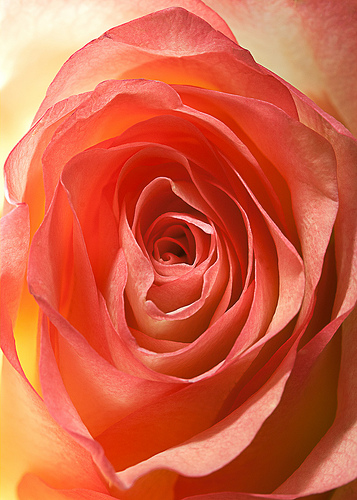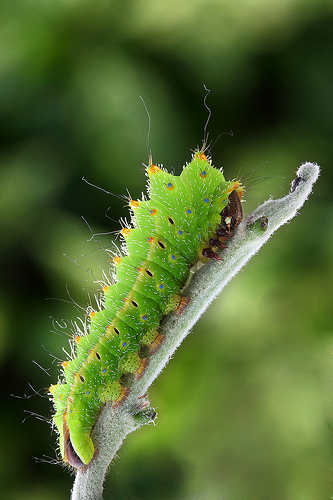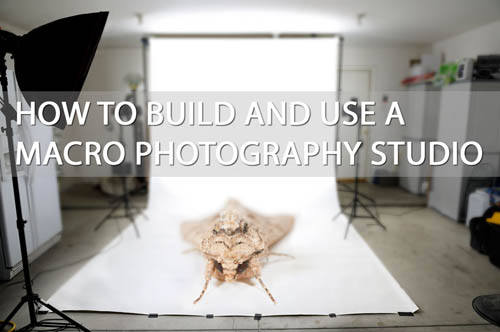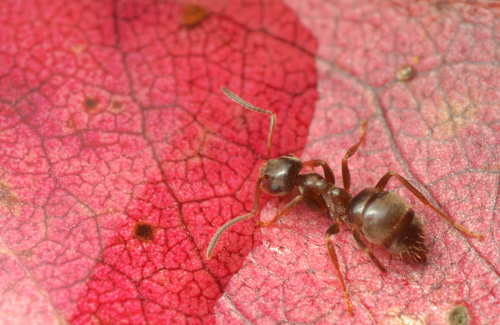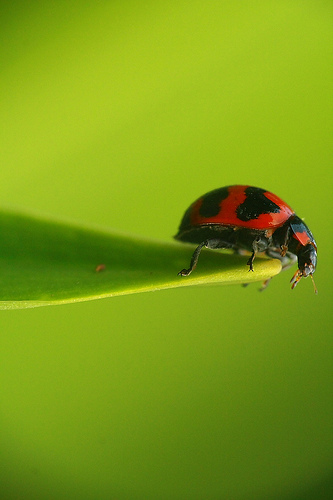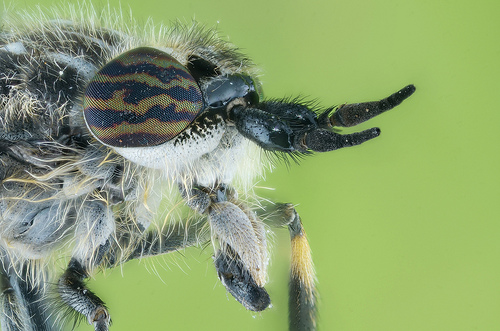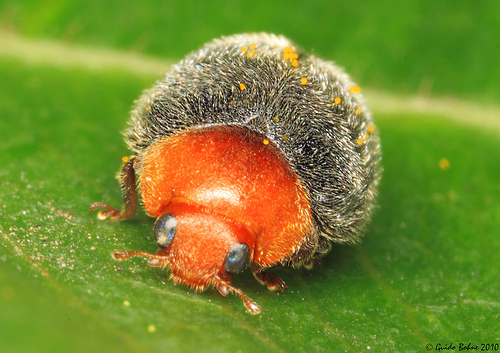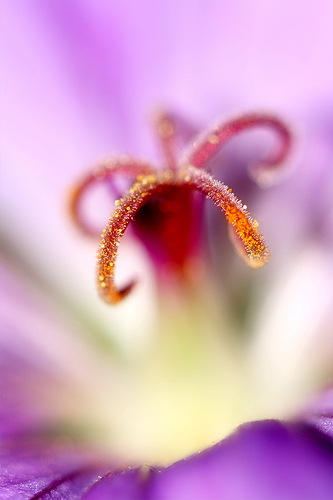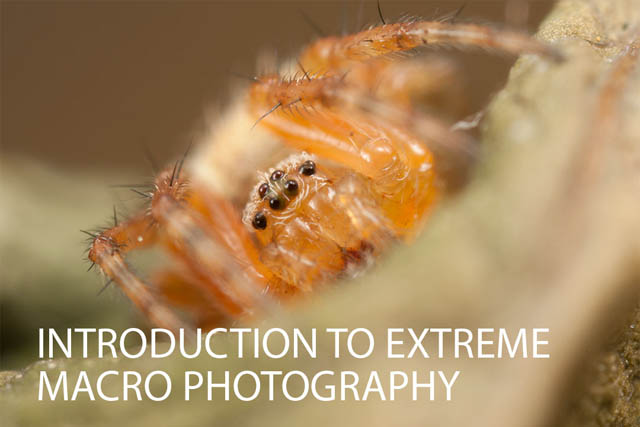Macro & Close-up Photography Tips – Aperture, DoF, Diffraction
When you take a photo of a landscape, it's not too difficult to get everything from a few feet in front of you all the way to the horizon in focus. But as you get closer to your subject and the magnification level increases, the depth of field (amount of the image in focus) rapidly drops off.
In macro and close-up photography, depth of field is so narrow it is usually measured in millimeters. So taking photos where more than just a thin sliver of the image is in focus can be tricky.
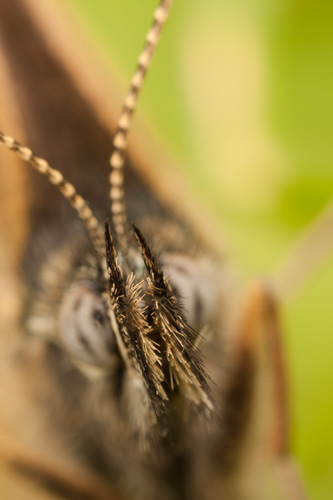
The depth of field in this image covers just a small part of the butterfly's mustache
